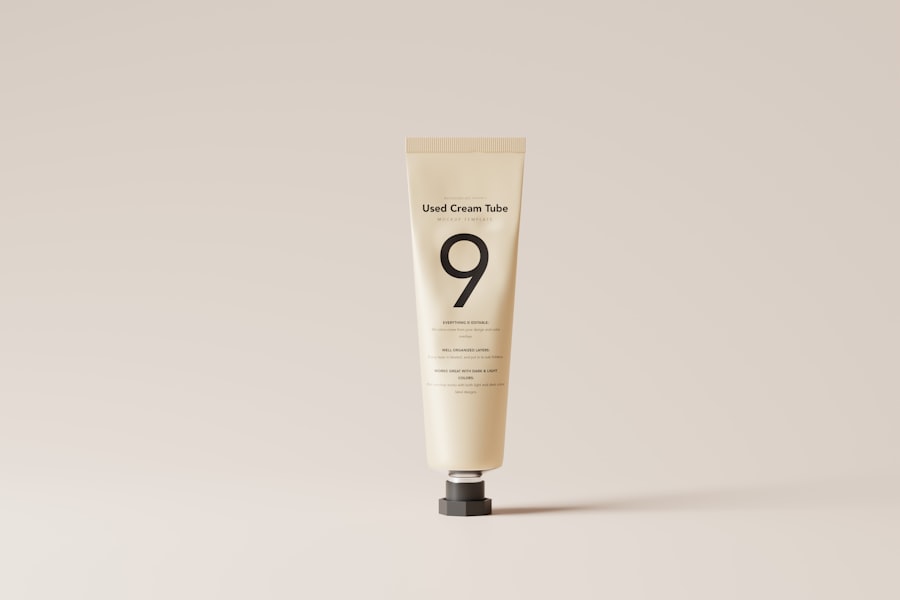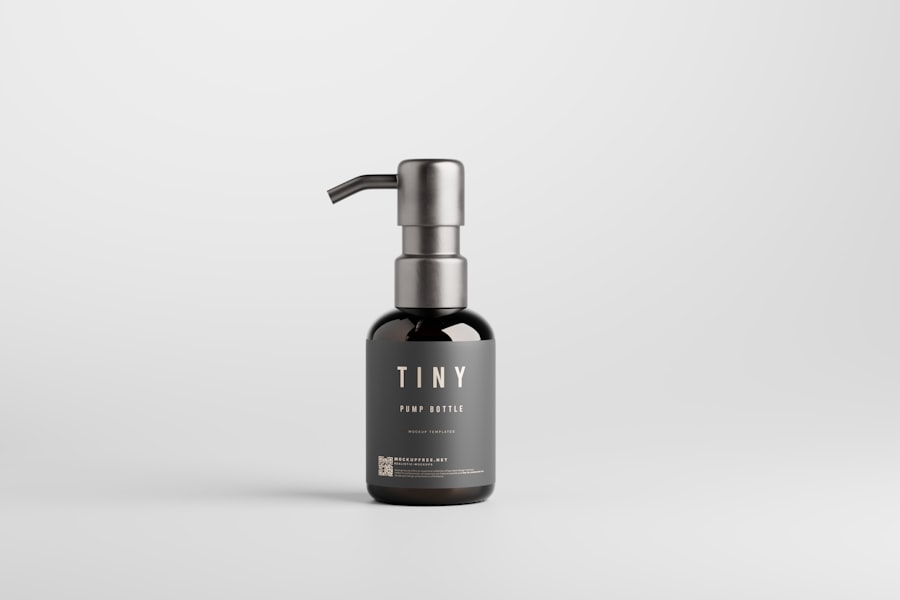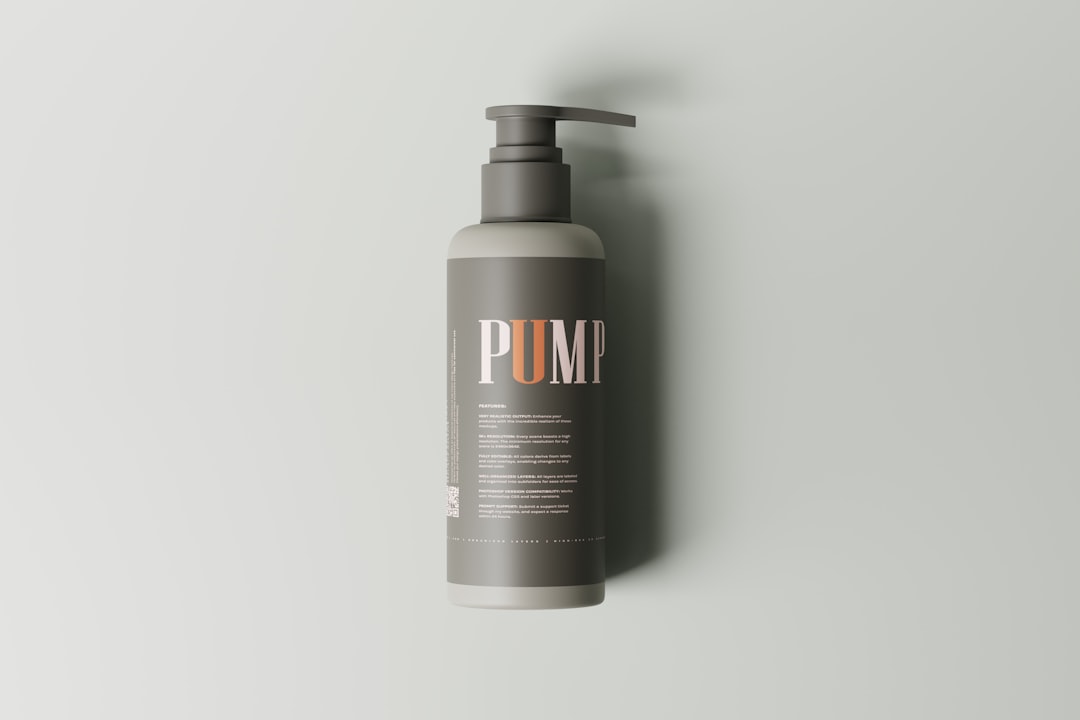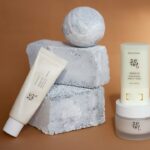When you consider laser hair removal, it’s essential to grasp how the process works. At its core, laser hair removal utilizes concentrated beams of light to target and destroy hair follicles. The pigment in the hair absorbs this light, which generates heat that damages the follicle, inhibiting future hair growth.
This method is particularly effective for individuals with dark hair and lighter skin, as the contrast allows the laser to focus on the hair more efficiently. However, advancements in technology have made it possible for various skin tones and hair types to benefit from this treatment. The procedure typically involves a consultation where a trained professional assesses your skin type, hair color, and overall health to determine the best approach for you.
During the treatment, you may feel a slight tingling sensation as the laser is applied, but many describe it as tolerable. Depending on the area being treated, sessions can last anywhere from a few minutes to over an hour. It’s important to understand that multiple sessions are usually required to achieve optimal results, as hair grows in cycles, and the laser is most effective during the active growth phase.
Key Takeaways
- Laser hair removal targets hair follicles with concentrated light to inhibit future hair growth
- Shave the treatment area before the appointment and avoid sun exposure and tanning beds
- Apply soothing creams and ice packs to alleviate any discomfort after treatment
- Potential side effects may include redness, swelling, and temporary pigment changes
- Use sunscreen and protective clothing to shield treated areas from sun exposure and maintain results
Preparing for Laser Hair Removal Treatment
Preparation is key to ensuring a successful laser hair removal experience. Before your first appointment, you should avoid sun exposure for at least two weeks. Tanning can increase the risk of side effects and may affect the efficacy of the treatment.
If you have recently tanned or have a sunburn, it’s advisable to reschedule your appointment until your skin has returned to its normal state. Additionally, you should refrain from waxing or plucking hair in the area to be treated for at least four weeks prior to your session. This is because these methods remove the hair from the follicle, which is necessary for the laser to effectively target it.
On the day of your appointment, arrive with clean skin. This means no lotions, creams, or makeup on the area being treated. Some clinics may provide a numbing cream to minimize discomfort during the procedure, so be sure to discuss this option with your technician beforehand.
It’s also wise to wear comfortable clothing that allows easy access to the treatment area. Being well-prepared not only enhances your comfort but also maximizes the effectiveness of the treatment.
Post-Treatment Care Instructions

After undergoing laser hair removal, following post-treatment care instructions is crucial for optimal healing and results. Initially, you may experience some redness or swelling in the treated area, similar to a mild sunburn. Applying a cool compress can help alleviate discomfort and reduce inflammation.
It’s also advisable to avoid hot baths, saunas, or vigorous exercise for at least 24 hours post-treatment, as these activities can exacerbate irritation and sensitivity. In addition to managing immediate side effects, you should keep the treated area clean and moisturized. Use a gentle cleanser and apply a soothing lotion or aloe vera gel to help calm the skin.
Avoid using harsh scrubs or exfoliants for at least a week following your session.
Adhering to these care instructions will not only promote healing but also enhance the effectiveness of your laser hair removal treatment.
Managing Potential Side Effects
| Side Effect | Management |
|---|---|
| Nausea | Take medication with food, stay hydrated |
| Fatigue | Get plenty of rest, engage in light exercise |
| Hair loss | Consider wearing a wig or headscarf, use gentle hair care products |
| Diarrhea | Stay hydrated, avoid spicy and fatty foods |
While laser hair removal is generally safe, it’s important to be aware of potential side effects that may arise after treatment. Common side effects include temporary redness, swelling, and mild discomfort in the treated area. These symptoms usually subside within a few hours to a couple of days.
However, if you experience persistent pain or any signs of infection, such as pus or increased redness, it’s crucial to seek medical attention promptly. In rare cases, individuals may experience hyperpigmentation or hypopigmentation in the treated area, particularly those with darker skin tones. This occurs when there is an overproduction or underproduction of melanin in response to the laser treatment.
To mitigate these risks, always choose a qualified practitioner who uses appropriate settings for your skin type and hair color. If you have concerns about side effects or your skin’s reaction post-treatment, don’t hesitate to reach out for professional advice.
Protecting Your Skin from Sun Exposure
Sun protection is vital before and after laser hair removal treatments. Exposure to UV rays can not only increase the risk of side effects but also hinder your results by stimulating hair growth in treated areas. It’s recommended that you apply a broad-spectrum sunscreen with an SPF of at least 30 daily, even on cloudy days or when indoors near windows.
Reapplying sunscreen every two hours when outdoors is essential for maintaining protection. In addition to sunscreen, wearing protective clothing such as hats and long sleeves can further shield your skin from harmful rays. If you plan on spending extended periods outside after your treatment, consider seeking shade whenever possible.
By taking these precautions seriously, you can protect your skin from sun damage while enhancing the effectiveness of your laser hair removal results.
Maintaining Results with Proper Skincare

To maintain the results of your laser hair removal treatment, establishing a proper skincare routine is essential. After your sessions, focus on keeping your skin hydrated and nourished. Use gentle cleansers and moisturizers that are free from harsh chemicals or fragrances that could irritate sensitive skin.
Incorporating products with soothing ingredients like aloe vera or chamomile can help maintain skin health and comfort. Exfoliation is also an important aspect of skincare post-treatment but should be approached with caution. While gentle exfoliation can help prevent ingrown hairs and promote smooth skin, avoid aggressive scrubs or chemical exfoliants for at least two weeks after each session.
Instead, opt for mild exfoliating products that won’t irritate your skin while still providing benefits. By prioritizing skincare after laser hair removal, you can enjoy long-lasting results and healthy skin.
Tips for Long-Term Hair-Free Skin
Achieving long-term hair-free skin requires commitment beyond just undergoing laser treatments. One effective strategy is to schedule maintenance sessions as recommended by your practitioner. These follow-up appointments can help address any remaining hair growth and ensure that you maintain smooth skin over time.
Typically, maintenance sessions are less frequent than initial treatments but are crucial for long-lasting results. In addition to regular maintenance sessions, consider adopting lifestyle habits that support healthy skin and hair growth prevention. Staying hydrated by drinking plenty of water can improve overall skin health and appearance.
A balanced diet rich in vitamins and minerals also plays a role in maintaining healthy skin. Foods high in antioxidants can help combat free radicals that may affect skin quality over time. By combining these practices with your laser hair removal treatments, you can enhance your chances of enjoying long-term hair-free skin.
Consulting with a Dermatologist for Additional Guidance
If you have any lingering questions or concerns about laser hair removal or its effects on your skin type, consulting with a dermatologist is an excellent step forward. A qualified dermatologist can provide personalized advice based on your unique skin characteristics and hair type. They can also recommend additional treatments or skincare products that may complement your laser hair removal journey.
Moreover, if you experience any unexpected side effects or complications after treatment, a dermatologist can offer professional insights and solutions tailored to your situation. They can help you navigate any challenges you may face during your hair removal journey while ensuring that you achieve the best possible results safely and effectively. By seeking expert guidance, you empower yourself with knowledge and support throughout your laser hair removal experience.
If you’re interested in learning more about aftercare for laser hair removal, be sure to check out the article on InLaserHairRemoval. This article provides valuable information on how to properly care for your skin after undergoing laser hair removal treatment to ensure the best results. Additionally, you may also want to explore their article on fashion trends related to laser hair removal to stay up to date on the latest styles and beauty tips. Don’t forget to customize your interests on their website here to receive personalized recommendations and updates tailored to your preferences.
FAQs
What is aftercare for laser hair removal?
Aftercare for laser hair removal refers to the steps and precautions that should be taken after undergoing a laser hair removal treatment to ensure proper healing and optimal results.
Why is aftercare important for laser hair removal?
Aftercare is important for laser hair removal to minimize the risk of complications such as skin irritation, redness, and swelling, and to promote the best possible results from the treatment.
What are some common aftercare tips for laser hair removal?
Common aftercare tips for laser hair removal include avoiding sun exposure, using gentle skincare products, avoiding hot showers and baths, and keeping the treated area clean and moisturized.
How long does aftercare for laser hair removal last?
Aftercare for laser hair removal typically lasts for a few days to a week, depending on the individual’s skin sensitivity and the intensity of the treatment.
Are there any specific products recommended for aftercare for laser hair removal?
Some recommended products for aftercare for laser hair removal include gentle cleansers, fragrance-free moisturizers, and soothing aloe vera gel to help calm the skin.
What should I avoid after laser hair removal?
After laser hair removal, it is important to avoid sun exposure, hot showers, harsh skincare products, and picking or scratching the treated area to prevent irritation and complications.





